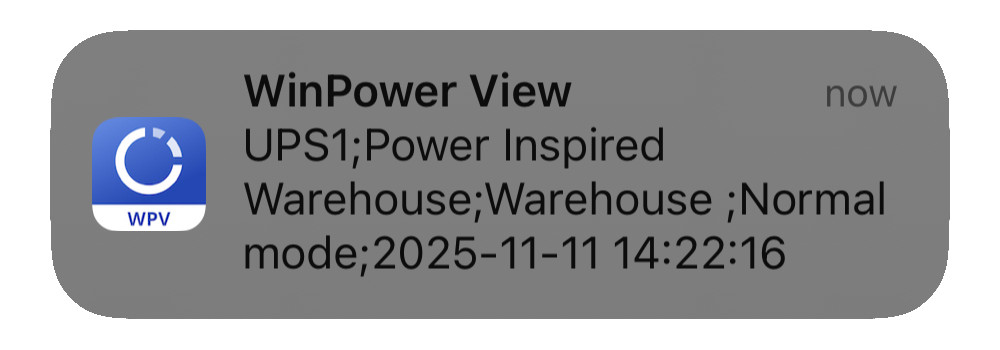
Running a business where uptime matters means you quickly learn that “power” is the most fragile link in the chain. That’s why my office UPS isn’t just a battery in a box — it’s an Internet of Things (IoT) device with its own little brain, sensors, and a secure connection back to a monitoring cloud.
A Real Example: My UPS Sent Me a Power-Cut Alert
I was out of the office when my phone buzzed with a notification:
“Power failure detected.”
What actually happened behind the scenes is pretty clever. The UPS constantly monitors input voltage using internal sensors. When the mains supply drops outside its acceptable range, it:
- Switches to battery mode with no change in output power
- Logs the event locally
- Immediately sends an encrypted status update through its network interface to the vendor’s cloud monitoring platform
- That platform triggers a push notification to my phone
All of that happens without me doing anything.
A traditional UPS would have silently switched to battery mode, but I would’ve never known until I stumbled onto it later. The IoT connectivity closes the information gap.
Moments Later: The “All Clear” Message
A few minutes later, I received a second alert:
“Power restored.”

The WinPower View App allows you to keep track of the status of all your IoT UPS’, receive alerts and schedule battery tests.
That update comes after the UPS senses that the input voltage is back within nominal range. It switches off battery mode and sends another message through the IoT platform confirming stability. The cloud logs the event, updates runtime predictions, and notifies me.
Having this timestamped history is incredibly useful. I can see exactly how long the outage lasted and how long the UPS was running on battery.
IoT Scheduled Battery Tests: Not Just a Gimmick
Another feature I’ve grown to appreciate is the automated battery diagnostics. On a schedule I configured, the UPS runs a controlled discharge test using its internal sensors. During this test it measures:
- Battery voltage under load
- Temperature
- Estimated capacity
- Expected runtime based on current load
- Degradation compared to previous tests
It then uploads the results via its IoT connection for trend analysis. I can log into a dashboard and see graphs of battery health over time. I also get alerts if capacity drops below a threshold — giving me months of warning before I’d need a replacement battery.
The IoT Architecture: A Quick Overview
Here’s what enables all of this:
- Network Interface (Ethernet/Wi-Fi): Lets the UPS communicate externally
- Embedded microcontroller: Runs the logic, monitors sensors, handles communication
- Secure encrypted connection: Typically TLS, to protect data in transit
- Cloud monitoring platform: Aggregates events, stores logs, generates alerts
- Mobile/desktop apps: Present real-time status, history, and configuration options
It’s essentially a miniature industrial monitoring system wrapped into a box most people think of as a “battery backup.”
Why This Matters for Business
With a smart UPS:
- I don’t need to poll equipment or guess about power conditions
- I know exactly how long an outage lasted
- I can plan battery replacements instead of reacting to failures
- I can detect anomalies (e.g., repeated voltage drops) that hint at bigger electrical problems
- I get a live view of my most critical infrastructure element: the power supply
IoT gives the UPS a “voice” — and that voice can save you from unexpected downtime.
Final Thoughts
My IoT UPS has now alerted me several times about events I might never have known about. It’s a perfect example of how IoT isn’t just smart light bulbs and fridges — it can enhance genuinely mission-critical hardware.
When technology quietly keeps an eye on things and tells you when something goes wrong, you suddenly realise just how valuable “connected” really is.
The IoT UPS is coming soon to Power Inspired. You can read more about it on it’s dedicated website: Internet of Things UPS, or contact us to keep informed:






